Uttarakhand has started its first scientific study on vultures and other birds of prey. This study is taking place in Jim Corbett National Park and Rajaji Tiger Reserve. These two places are important wildlife areas in India. This study is a big step for bird conservation in the state. WWF India is helping with this project. The researchers are using satellite technology to track the vultures. They are especially focusing on the Red-headed Vulture, which is an endangered species.
Researchers have placed GPS collars on vultures. These collars can send the bird’s location data through satellites in real-time. This means scientists can see where the birds are going almost immediately. This technology is helping researchers know more about how vultures live and move around. This is very helpful for planning how to protect these birds. Researchers are using this technology for vultures in Uttarakhand for the first time. If you are making a Jim Corbett booking, then it’s worth knowing that this famous park isn’t just about tigers, as it’s playing a key role in protecting endangered birds too.
Why This Research Is Important
Vultures are very important for the environment. They eat dead animals. This helps to clean the environment and stops the spread of diseases. But in many parts of South Asia, vulture numbers have become very low. Many vultures have died because of poisoning, not enough food, and the destruction of their natural homes. In India, several vulture species are now listed as critically endangered. This includes the Red-headed Vulture.
Before this new study started, no one had done detailed research in Uttarakhand to track vultures. No one had good data to understand their habits or the problems they face. Because of this, most protection efforts were not based on solid information. This new study is filling that gap. It provides researchers with valid data to work with. The information is helping people understand where vultures go, what they do, and what dangers they face. This will help in making better conservation plans.
How The Research Is Being Done
Researchers are doing the research in two ways. One method is satellite tracking. The second method is doing field surveys.
In satellite tracking, researchers are placing GPS collars on selected vultures. These collars are high-tech devices that send the bird’s location to a satellite. The satellite will send that information to researchers. This helps scientists know exactly where the birds are at different times of the day. By looking at this data, researchers can understand many things. They can learn where the birds fly, where they rest, where they look for food, and if they are near any dangerous places.
At the same time, teams are also doing field surveys across the state. Officers from the forest and bird specialists visit outdoor wildlife locations together. They watch birds, count them, and note their locations during the survey. This tracking helps link data from the GPS collars. These field visits also help researchers see things that the satellite cannot show.
Together, these two methods give a complete picture of what vultures are doing and how they are living. When you make Rajaji bookings or Jim Corbett bookings, you’re indirectly supporting such crucial wildlife research.
What Surprising Things Were Found
The study has already shown some surprising facts. Some vultures tagged in Jim Corbett National Park and Rajaji Reserve flew to faraway places recently. One of the vultures flew to Pithoragarh, which is in eastern Uttarakhand. Another vulture flew into the neighboring state of Haryana. This means that the vultures are not staying only in the protected forest areas. They are also going into open lands, towns, and farming areas.
This is both interesting and worrying. It shows that vultures do not always stay inside wildlife reserves. They travel far and wide, where there is less protection. Vultures are in danger from many things outside the protected reserves. Some power lines do not have covers, and they can electrocute the birds easily. There are fewer dead animals to eat. Human activities like farming, construction, and roads are also increasing. These are all dangerous for vultures. This new information tells us that we need to protect vultures not just inside forests but also outside them.
Electric Wire Problem And Solution
During the research, a very serious danger was found. There was a 4.5-kilometer-long electric wire in one area. It was not insulated. This means the wire was open and could give shocks. Many vultures were getting electrocuted when they touched these wires while flying. Vultures are large birds with wide wings. They cannot always see the wires clearly, so they hit them and die.
After this problem was found, WWF India worked with the state electricity department. They decided to fix the wires. The solution was simple but very useful. They put insulation on the wires along this 4.5-kilometer stretch. This means the wires were covered to stop birds from getting shocked. This small action may have saved the lives of many vultures. It also showed how quickly problems can be solved when different departments work together. This can be a good example for other states and areas in India to follow.
More Facts About Birds In Jim Corbett National Park
In Jim Corbett National Park, Researchers discovered 30 kinds of raptors. Raptors hunt and eat other birds or animals. Five of these birds are endangered. This means the park is good not only for tigers but also for raptors. Two raptor species live in the park all year. One is the Pallas’s Fishing Eagle, a big bird that lives near rivers and lakes to catch fish. The other is the Osprey, which also eats fish and dives into water to catch them. These two birds are rare in other parts of India, so seeing them in Corbett is special.
Why This Study Will Help In The Future
This study will help protect vultures in the future. It gives real-time, reliable information using science and technology. Government officers, scientists, and forest teams can use this data to find dangerous areas and create safe zones for vultures. It also shows where vultures travel, rest, and face problems. This helps experts make better plans. Other states can also do similar studies. As human activity and climate change grow, protecting wildlife becomes more important. This study in Uttarakhand is a good example of how to use science to help save birds.
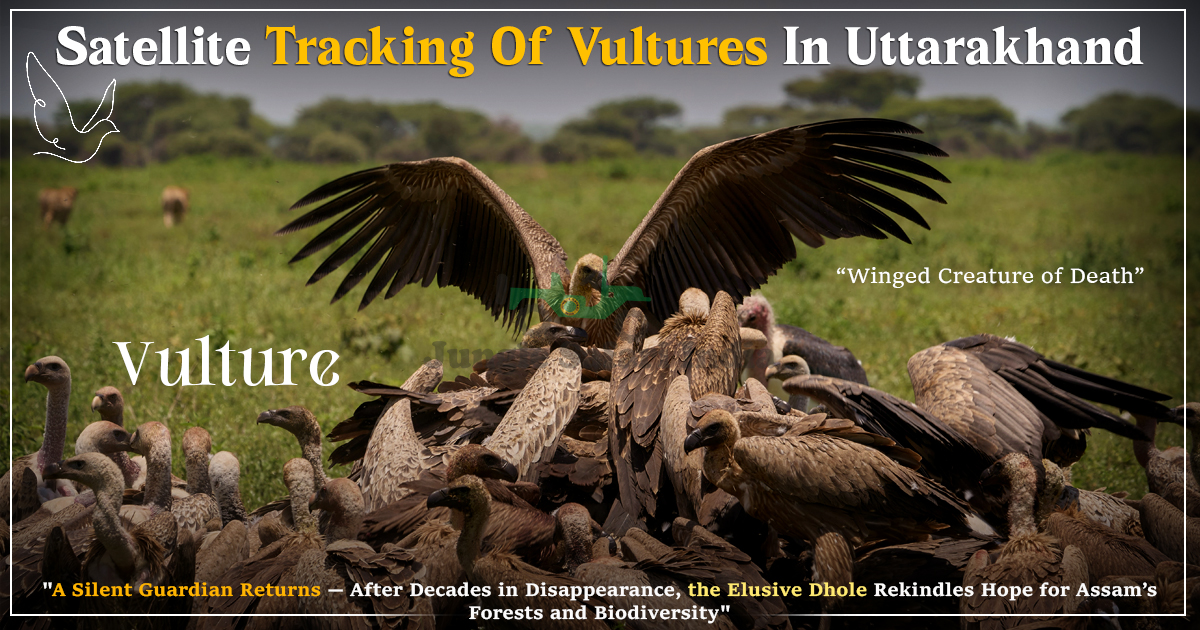

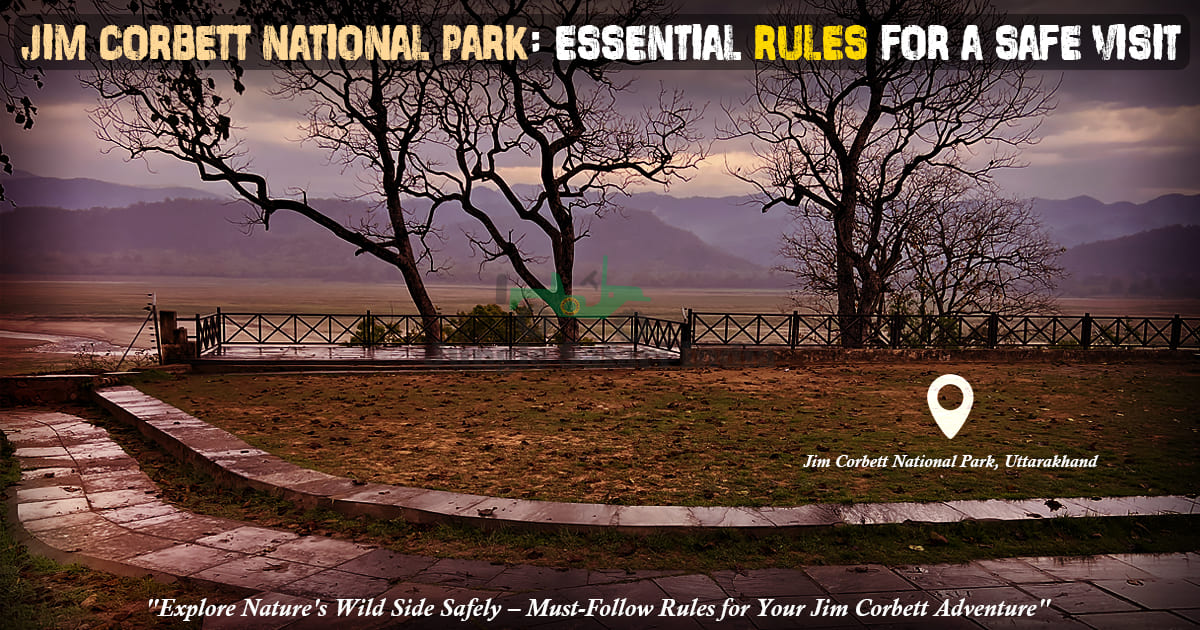
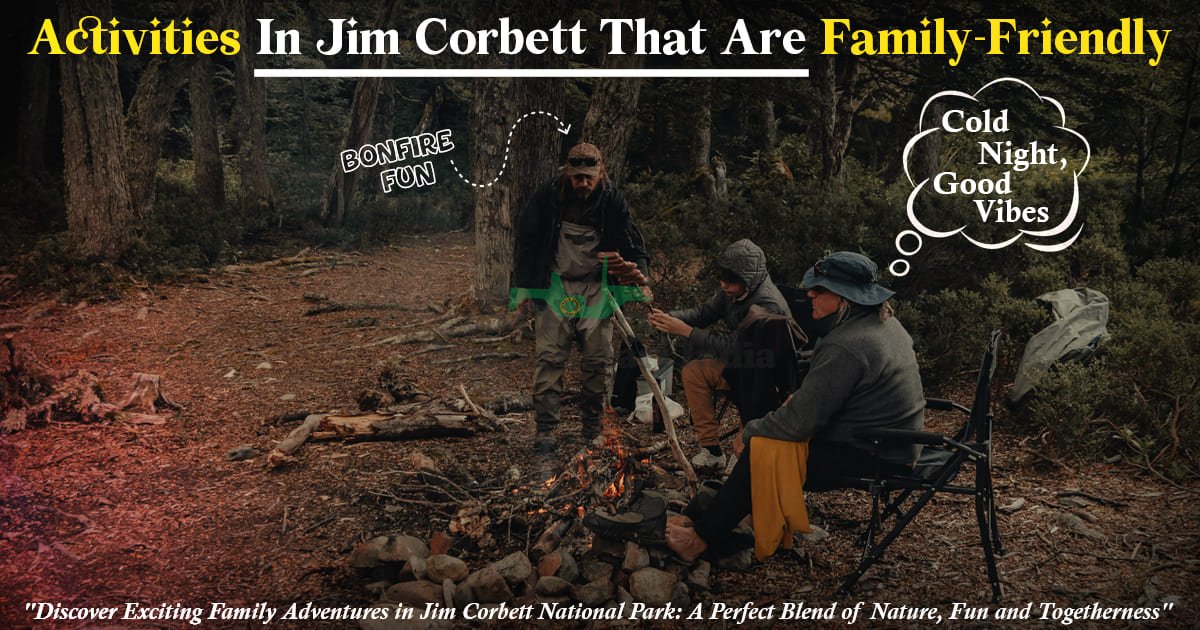

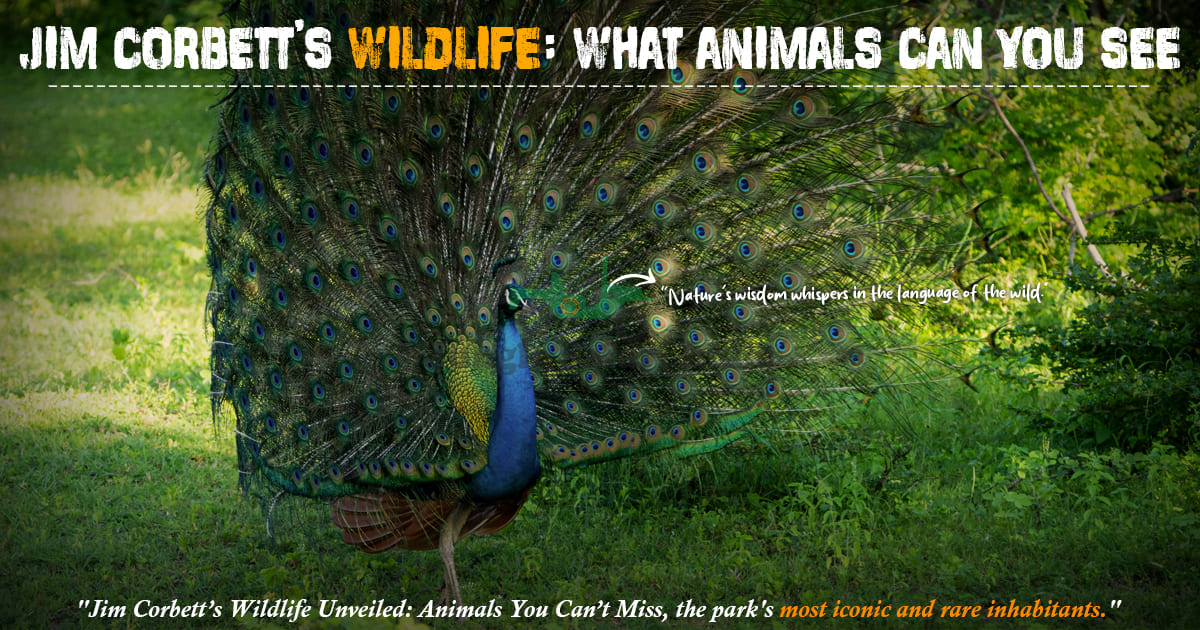




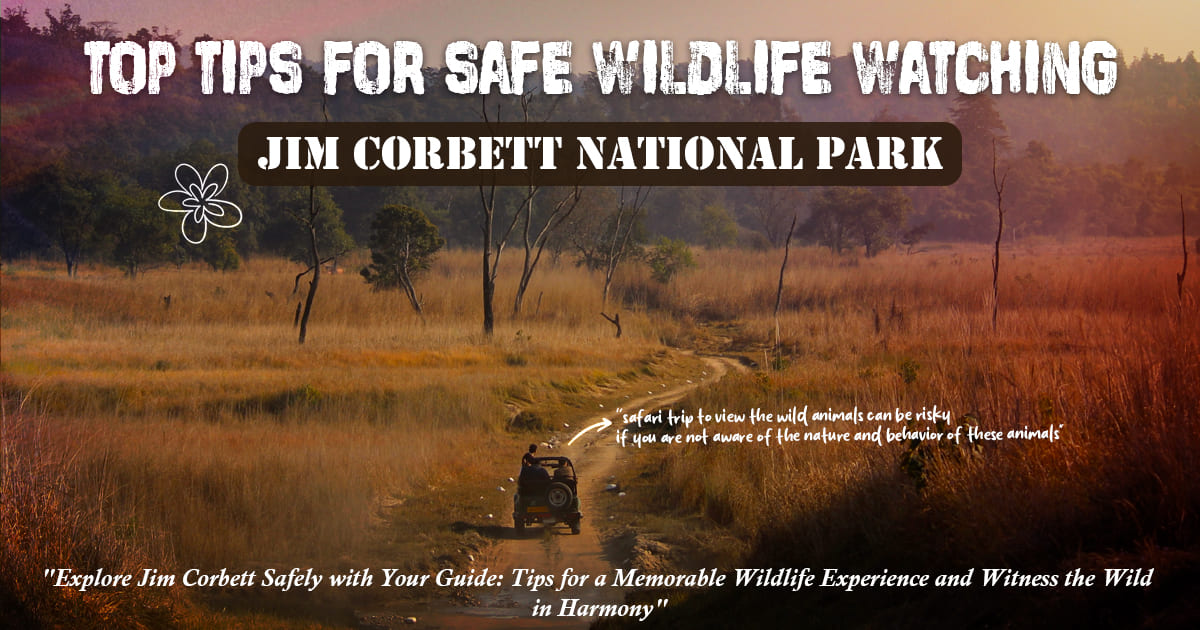


Leave a Reply